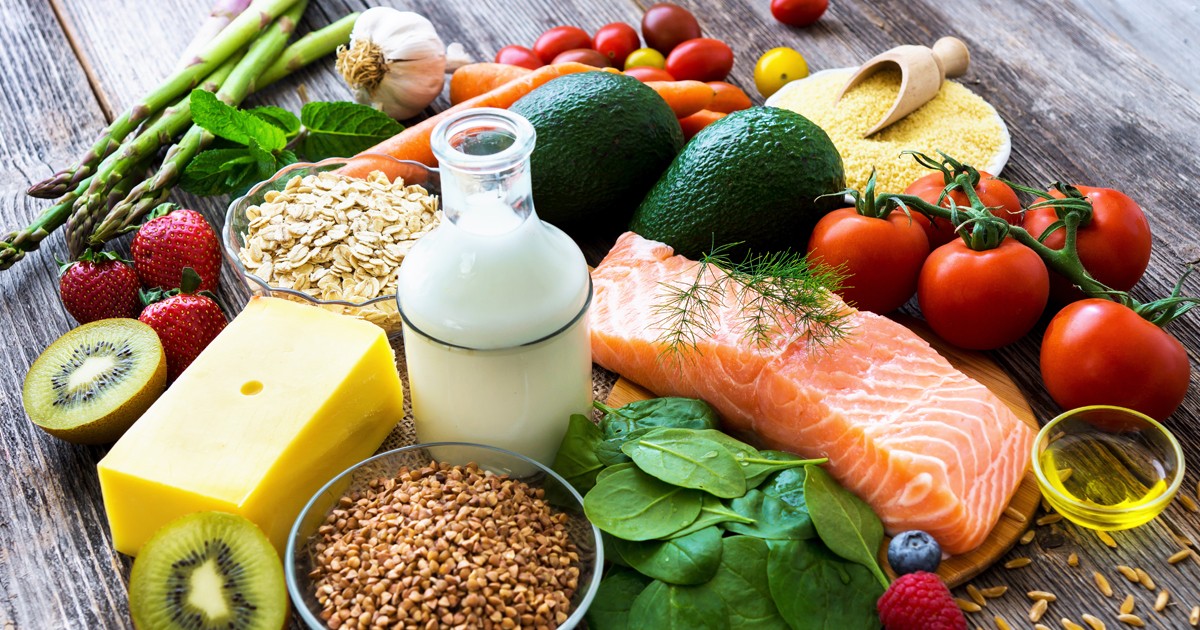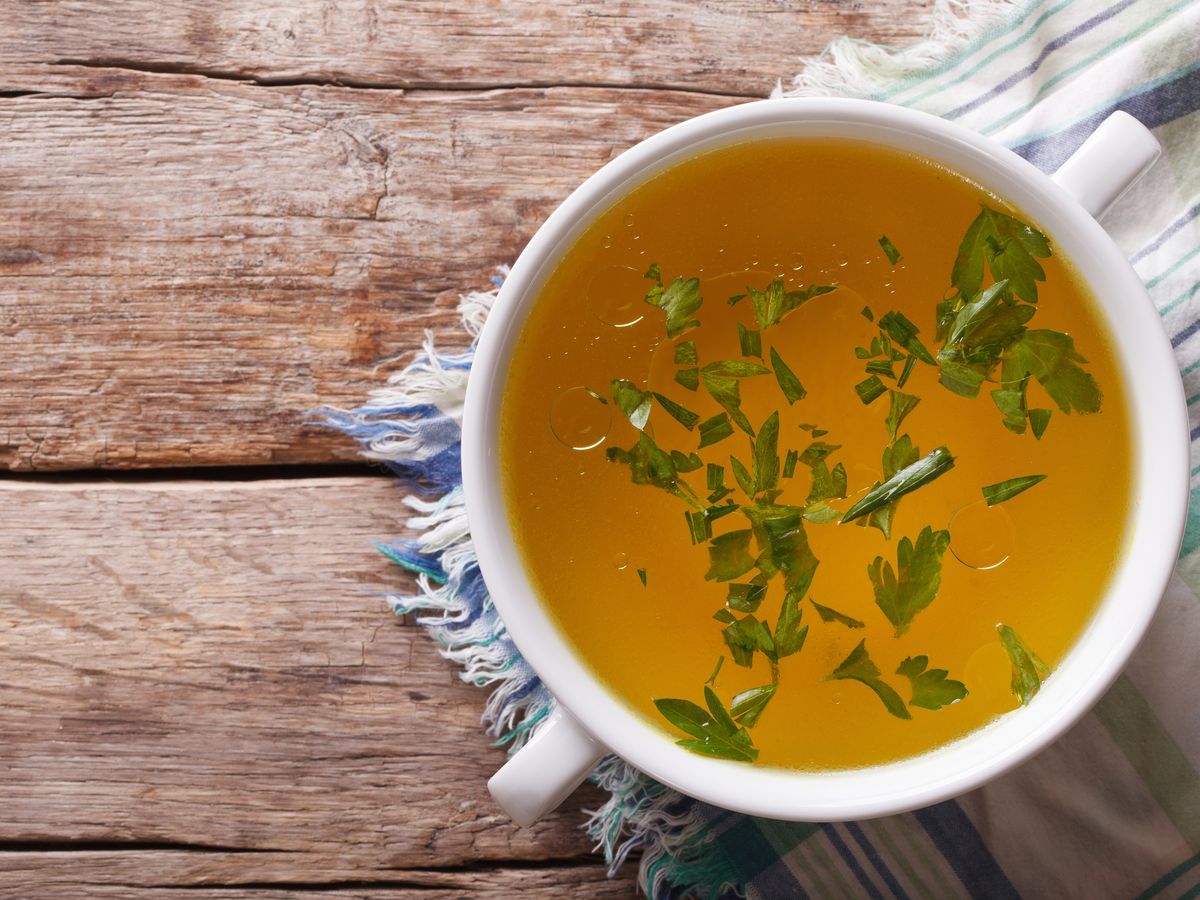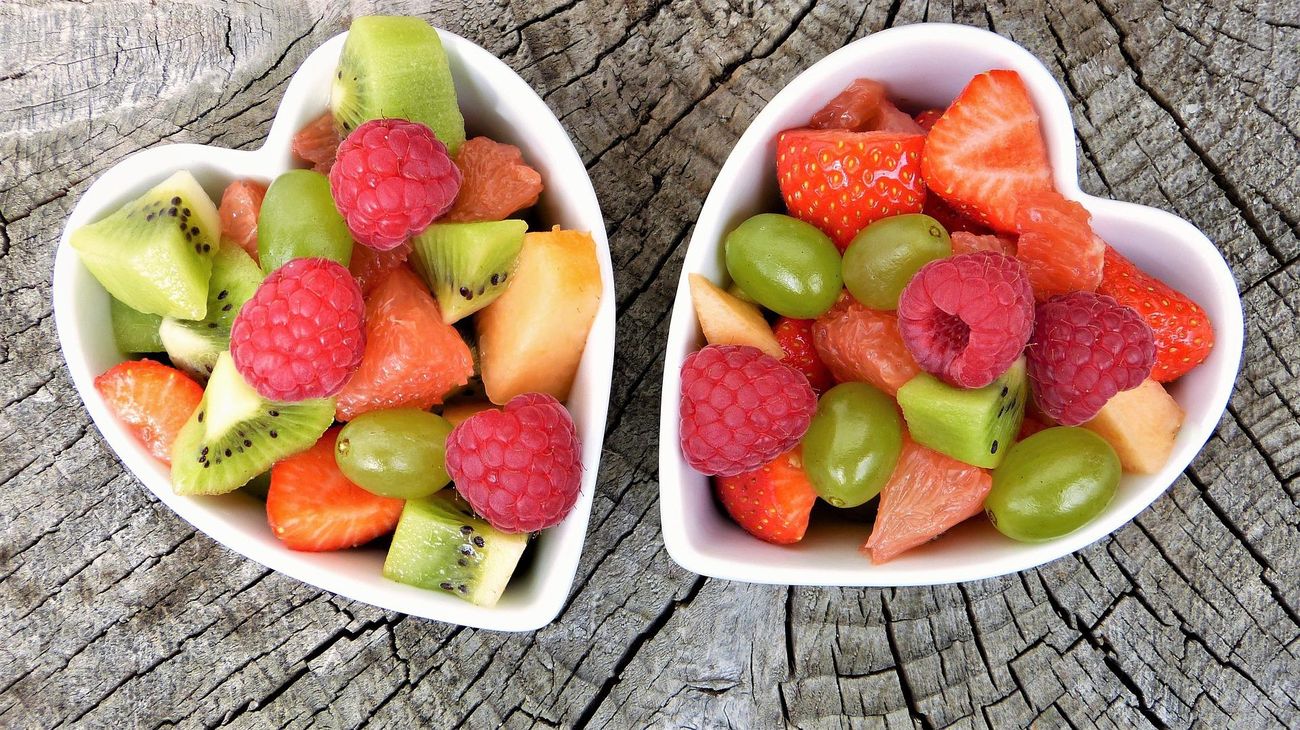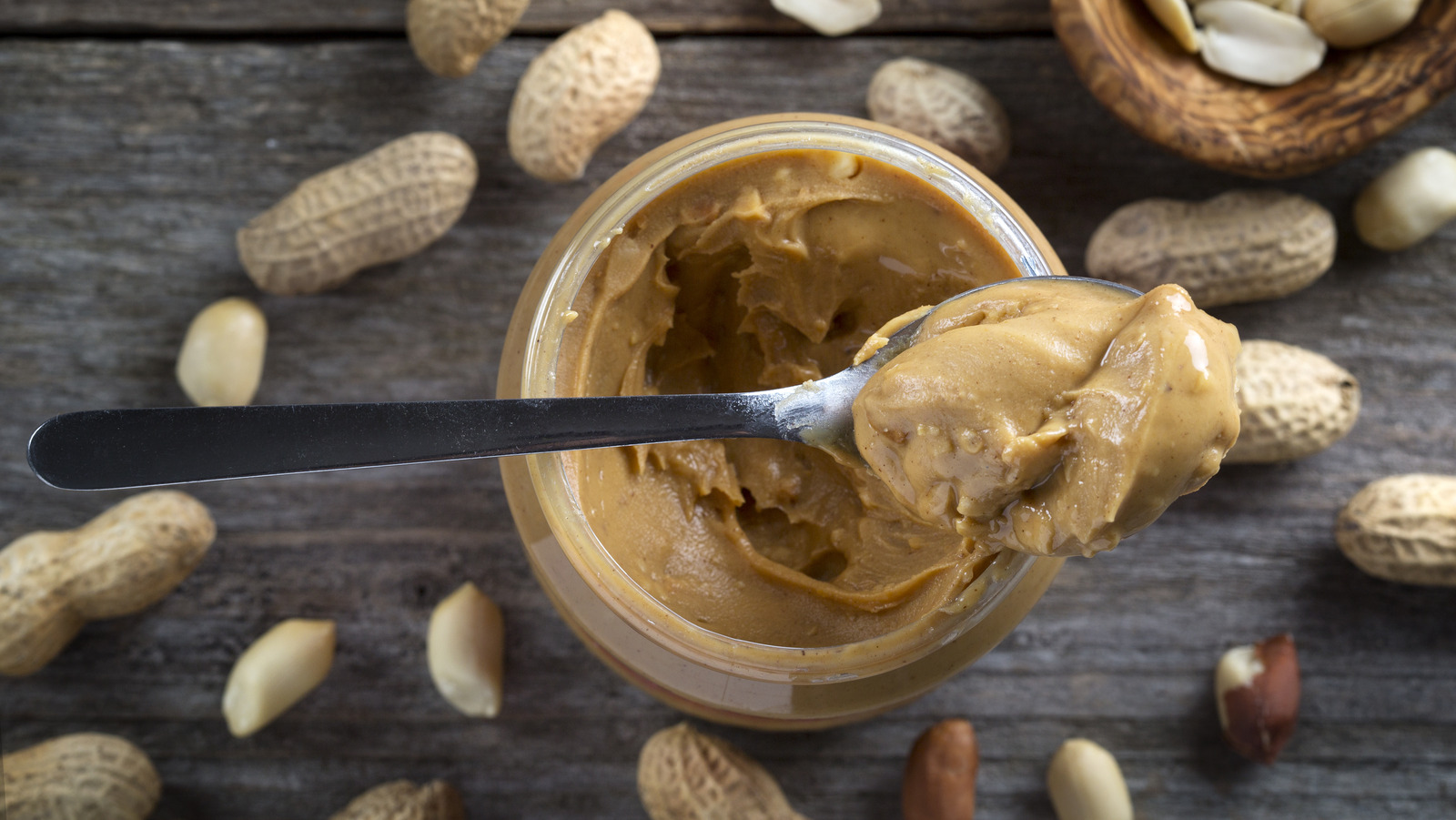How to Make Bad-Tasting Food More Enjoyable
Let’s face it, we’ve all encountered bad-tasting food at some point in our lives. Whether it’s a bland salad, overcooked vegetables, or a poorly seasoned dish, eating unappetizing food can be a challenge. However, there are ways to make bad-tasting food more enjoyable without having to force it down or waste it. Here are some tips to help you navigate through those less-than-delicious meals:
1. Add Flavorful Condiments
One of the easiest ways to improve the taste of bad-tasting food is by adding flavorful condiments. Sauces such as barbecue, sriracha, soy sauce, or hot sauce can help mask unpleasant flavors and enhance the overall taste of the dish. Additionally, fresh herbs like basil, cilantro, or parsley can add a burst of freshness and elevate the dish.
2. Experiment with Seasonings
Seasonings can make a world of difference when it comes to improving the taste of food. Salt, pepper, garlic powder, onion powder, and paprika are versatile seasonings that can help balance out the flavors of a dish. Don’t be afraid to experiment with different seasonings to find the perfect combination that suits your taste buds.
3. Incorporate Texture
Sometimes, bad-tasting food can also lack in texture. Adding crunchy elements like nuts, seeds, or crispy vegetables can provide a contrast to the soft or mushy texture of the dish, making it more enjoyable to eat. Consider topping your dish with some toasted almonds or sesame seeds for an added crunch.
4. Pair with Complementary Foods
If you’re dealing with a particularly unappetizing dish, consider pairing it with complementary foods that can help balance out the flavors. For example, if you have a bland pasta dish, serving it with a zesty tomato sauce or a fresh salad can help make the meal more palatable.
5. Transform it into a Different Dish
Sometimes, the best way to deal with bad-tasting food is to transform it into something completely different. For example, if you have overcooked vegetables, consider turning them into a creamy soup or a vegetable stir-fry with flavorful sauces and spices.
6. Practice Mindful Eating
When faced with bad-tasting food, it’s important to practice mindful eating. Take small bites, chew slowly, and focus on the positive aspects of the meal, such as its nutritional value or the effort that went into preparing it. By being mindful, you can appreciate the meal for what it is and make the experience more enjoyable.
7. Adjust Your Expectations
Sometimes, bad-tasting food can be a result of unrealistic expectations. Not every meal will be a culinary masterpiece, and that’s okay. Adjusting your expectations and approaching the meal with an open mind can help reduce disappointment and make the experience more bearable.
Overall, dealing with bad-tasting food doesn’t have to be a daunting task. By incorporating these tips and being open to experimentation, you can make the most out of any meal, even if it doesn’t initially meet your taste expectations.











